Your Guide to Sprinkler System Installations
Maintaining a healthy, vibrant lawn requires consistent and efficient watering, which can be a challenge during hot or dry seasons. Installing a sprinkler system is one of the most effective ways to ensure your lawn and garden get the water they need while saving time and effort. However, a sprinkler system installation is not a simple task — it requires careful planning, the right equipment, and a solid understanding of your landscape’s watering needs. In this guide, we’ll walk you through the key considerations and steps involved in installing a sprinkler system that meets your unique requirements.
Assessing Your Lawn’s Watering Needs
Before you dive into sprinkler system installations, it’s essential to understand the specific needs of your lawn. Every property has its unique characteristics, including terrain, climate, and plant types. To begin, you’ll need to assess the size of your lawn to determine how much water it requires. Larger lawns generally need more extensive systems, while smaller lawns may benefit from a more compact setup. In addition to size, you should also take note of your lawn’s different zones. For instance, areas that receive more sunlight will require more water, while shaded areas may need less. Dividing your lawn into separate zones based on these factors ensures that each area gets the right amount of water at the right time. Keep in mind, according to Bob Vila, an online home improvement resource, the national average cost to install a sprinkler system is $2,540.
Water pressure is another important factor to consider when planning your sprinkler system. Water pressure can vary significantly from home to home, and insufficient pressure may lead to ineffective watering, while excessive pressure could waste water or cause runoff. To ensure your system will work properly, measure your home’s water pressure. If you're unsure how to do this, you can use a water pressure gauge or consult with a plumber to determine what adjustments might be needed.
Choosing the Right Sprinkler System
Once you have a clear understanding of your lawn's needs, the next step is choosing the right sprinkler system. There are a variety of systems available, each suited to different needs and preferences. In-ground systems are the most common choice for residential lawns. These systems consist of pop-up sprinklers that retract into the ground when not in use, making them aesthetically pleasing and efficient. They can be customized to fit the shape and size of your yard, ensuring thorough coverage. If you're looking to water specific areas like flower beds or garden patches, drip irrigation systems might be a better option. These systems deliver water directly to the roots of plants, minimizing water waste and evaporation.
For larger lawns, rotary sprinklers can be a good choice. These sprinklers rotate in a circular motion, spraying water over a wide area. They are ideal for evenly distributing water in open spaces. Fixed sprinklers, on the other hand, spray water in a fixed direction and are often used for smaller, more specific areas of the lawn, such as garden beds or flower patches. For homeowners who are particularly concerned about water conservation, smart sprinkler systems are an excellent option. These systems can adjust watering schedules based on weather conditions, reducing water usage and promoting efficiency. With Wi-Fi-enabled controllers, you can monitor and adjust your system remotely using a smartphone app.
Planning Your Sprinkler System Layout
After selecting the type for your sprinkler system installations that best fits your needs, it’s time to design the layout. A well-planned layout ensures even water distribution while minimizing waste. Start by mapping out different zones based on the watering requirements of different parts of your lawn. Areas that are more exposed to the sun will need more water, while shaded regions may need less. Be sure to place sprinklers strategically to achieve uniform coverage across each zone. As a general rule, sprinklers should be spaced about 8 to 15 feet apart, depending on their type and water pressure. Make adjustments for any obstacles in your yard, such as trees, fences, or buildings, that might block the water flow or create shaded areas. Proper placement will help ensure that all areas receive adequate water.
You should also consider any local regulations or homeowner association (HOA) rules regarding sprinkler systems before moving forward. Some areas may have restrictions on water usage or specific guidelines on how systems should be installed. It’s always a good idea to check these regulations to avoid any issues down the road.
Gathering Tools and Materials for Installation
With your plan in place, the next step is to gather the tools and materials needed for installation. You’ll need the appropriate sprinkler heads, which vary based on the type of system you’ve chosen. PVC pipes or tubing will be necessary to connect the sprinkler heads to the water supply. These pipes are durable and commonly used for underground sprinkler systems. You’ll also need valve boxes to house the control valves, which regulate water flow to different zones. The system will also require a timer or controller, which can be either a traditional timer or a smart controller. Depending on the size of your lawn, you may need a shovel or trenching tool to dig the necessary trenches for the pipes and wires. Teflon tape is also a must-have to ensure tight seals on threaded connections.
Installing the Sprinkler System
The installation process itself involves several stages. To start, you’ll need to dig trenches to lay the pipes that will carry water to the sprinklers. We've found that the depth and width of the trenches depend on the type of system and local soil conditions, but a general guideline is to dig four to six inches deep for the pipes. If you’re installing control wiring, the trenches for these may need to be slightly deeper. A mechanical trencher can help speed up the process, but a shovel will work for smaller areas. Once the trenches are ready, lay the PVC pipes and connect them according to your design, using pipe connectors and elbows as necessary. Be sure to apply Teflon tape to threaded connections to prevent leaks.
Next, you’ll attach the sprinkler heads to the risers or pipe fittings. If you’re using pop-up sprinklers, ensure they’re positioned flush with the ground so they can retract when not in use. You’ll also need to install valves that control the water flow to each zone. These valves should be placed in valve boxes that are buried in the ground to keep them protected. Once the valves are in place, run the control wiring from your timer to each valve, making sure all connections are secure.
The final step in the installation process is to connect the sprinkler system to the water supply. This typically involves connecting the mainline pipe to an outdoor faucet or the irrigation mainline. Depending on your area’s water regulations, you may need to install a backflow preventer to protect the drinking water supply from contamination.
Installing a sprinkler system is an excellent investment for maintaining a healthy, beautiful lawn. By taking the time to plan, select the right system, and carefully install it, you’ll be able to enjoy a well-watered landscape with minimal effort. Whether you choose to tackle the installation yourself or hire a professional, understanding the process ensures that your sprinkler system will be an efficient, reliable tool for lawn care. Be sure to reach out to Ward's Lawn Service today for more information on our professional sprinkler system installations!
Serving Boulder, Dacono, Firestone, Frederick, Ft Lupton, Lafayette, Longmont, Louisville, Mead, Niwot, and Superior, CO
OUR SERVICES
RESOURCES

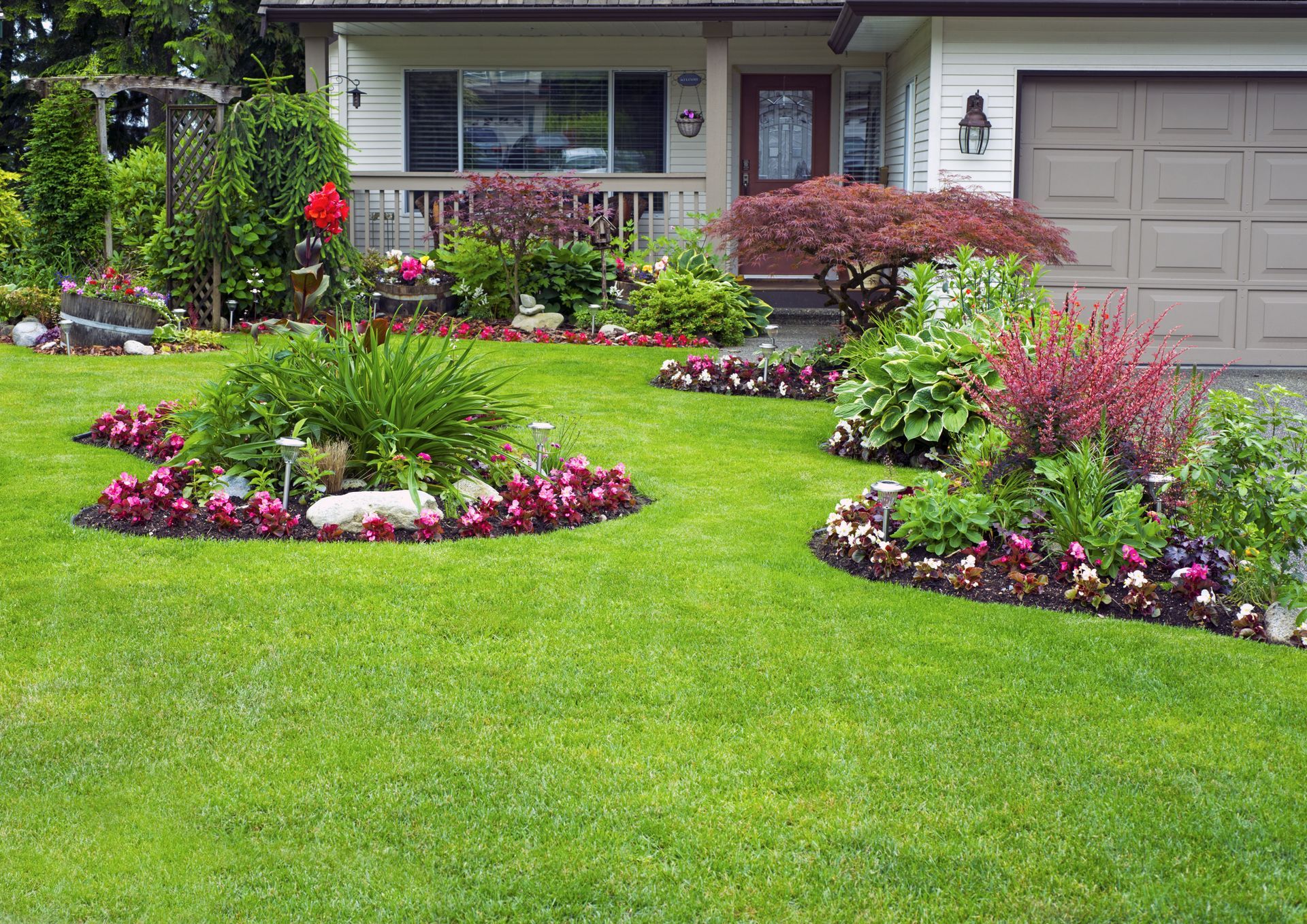
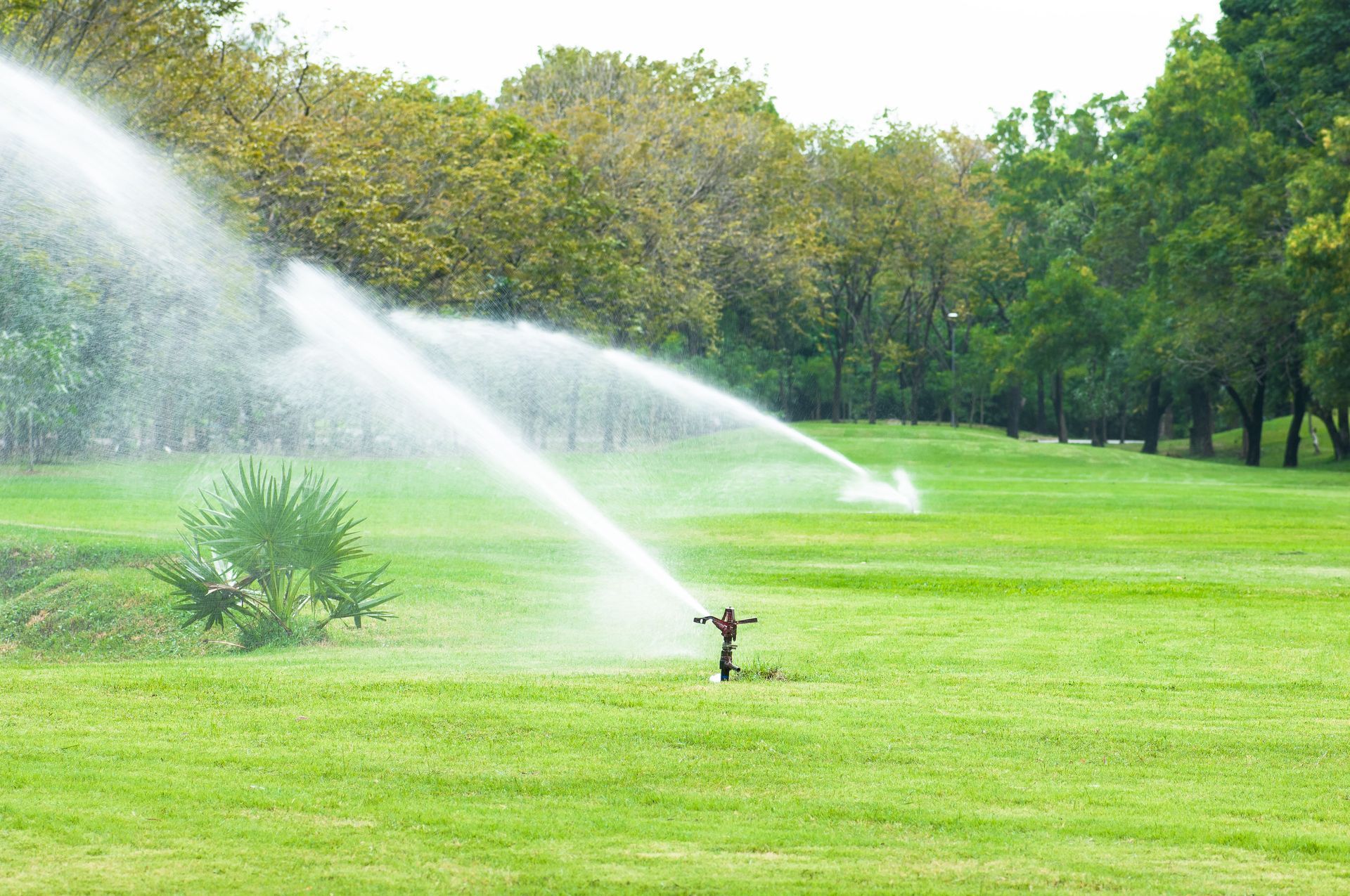
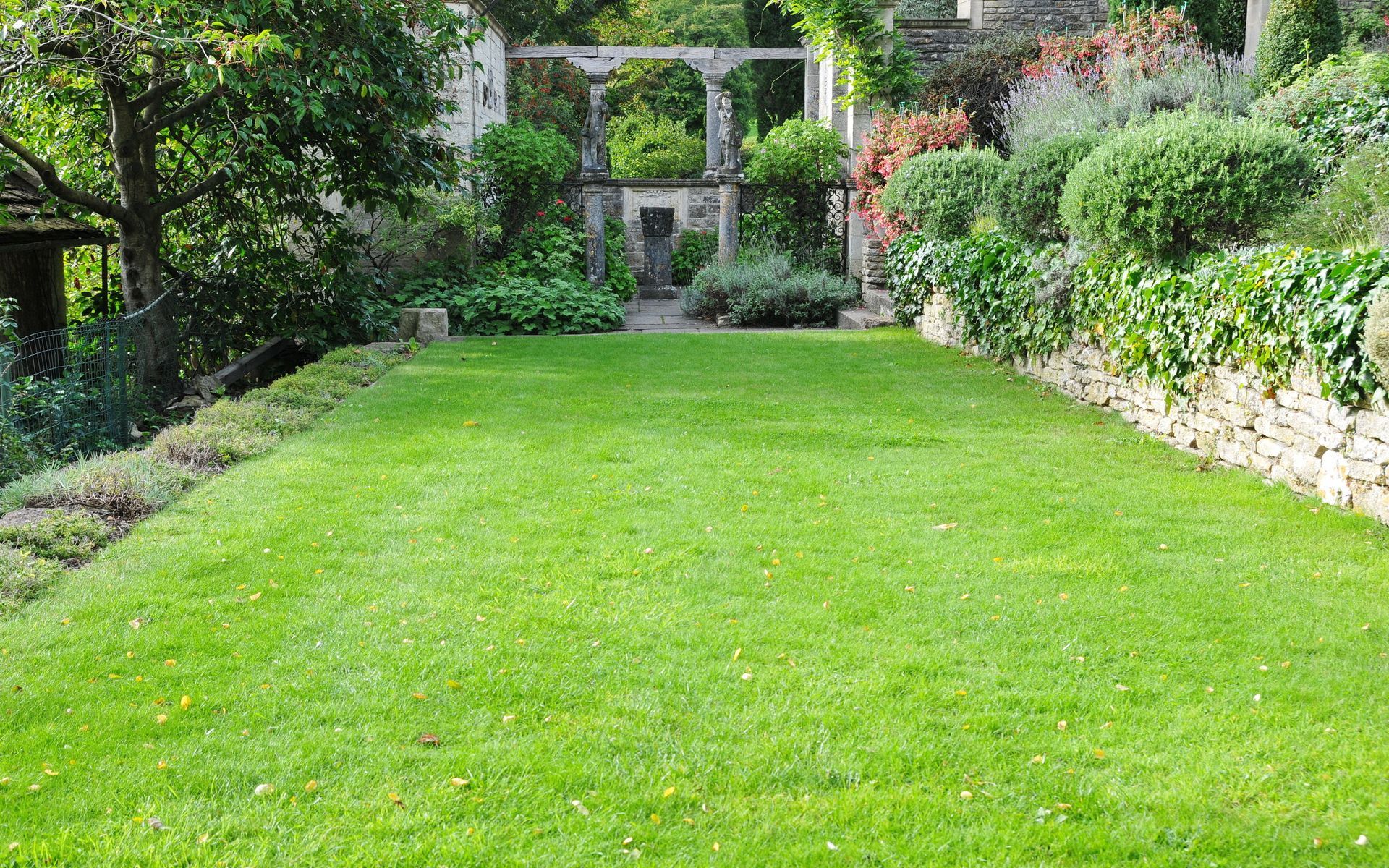
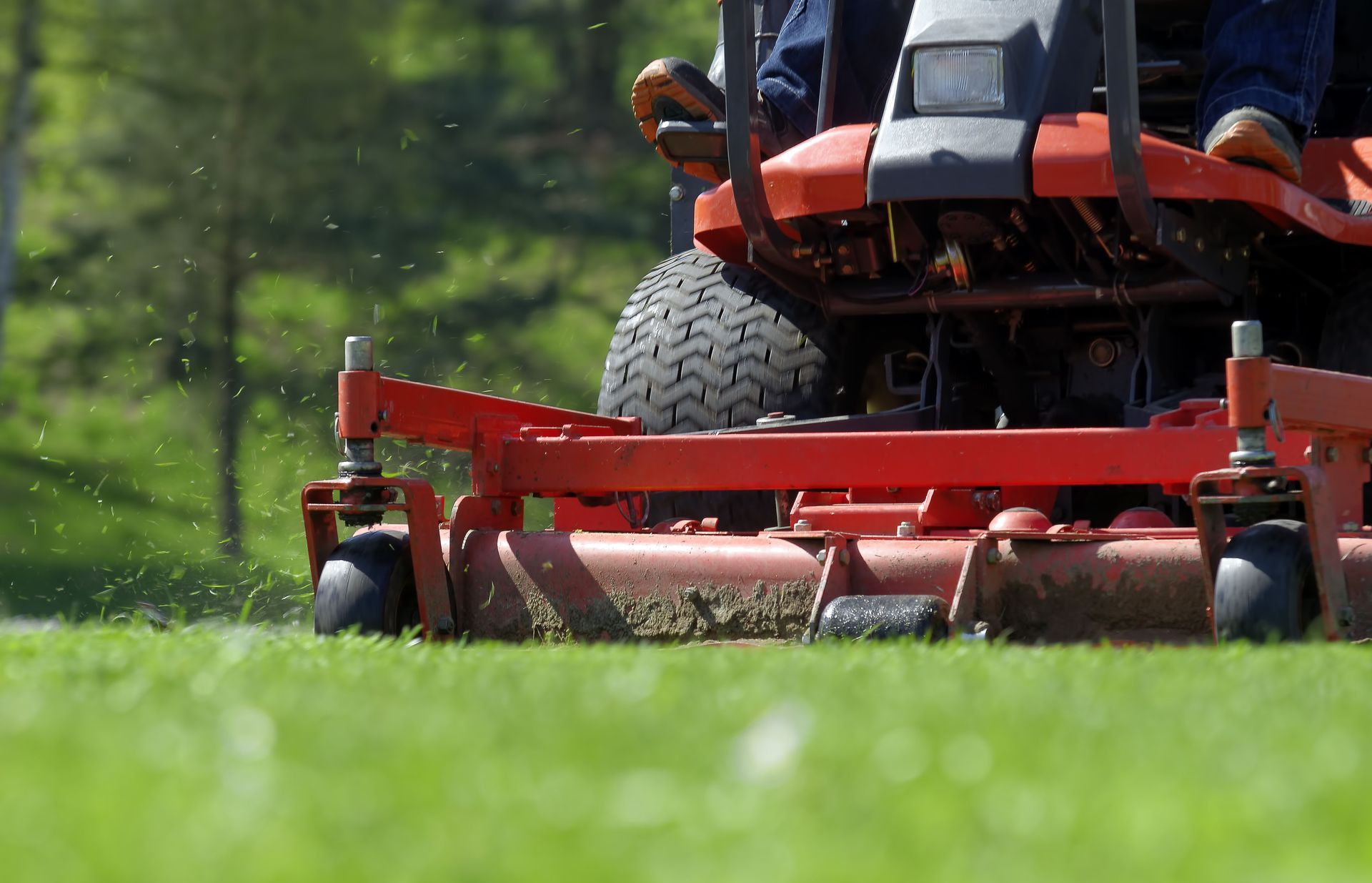
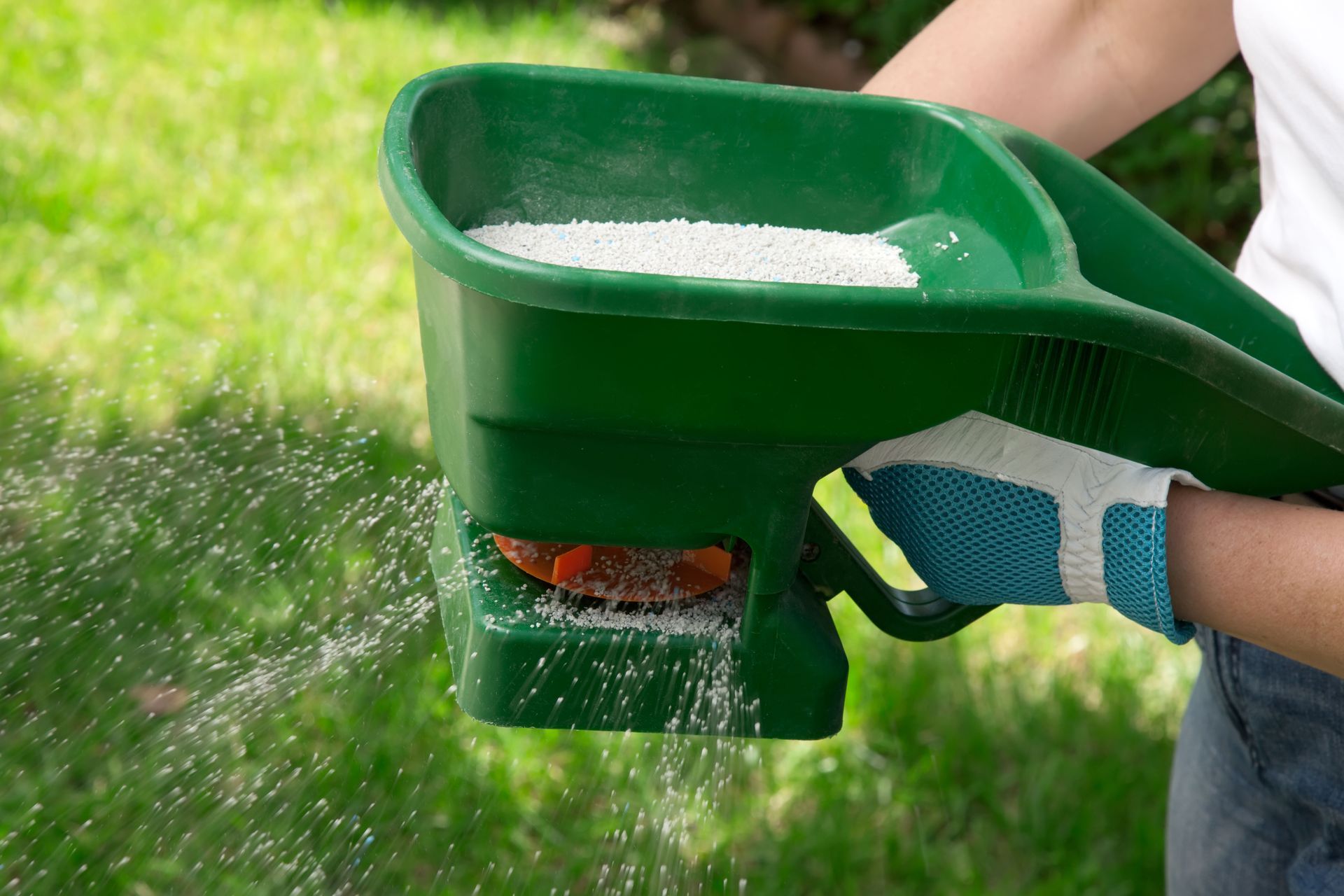
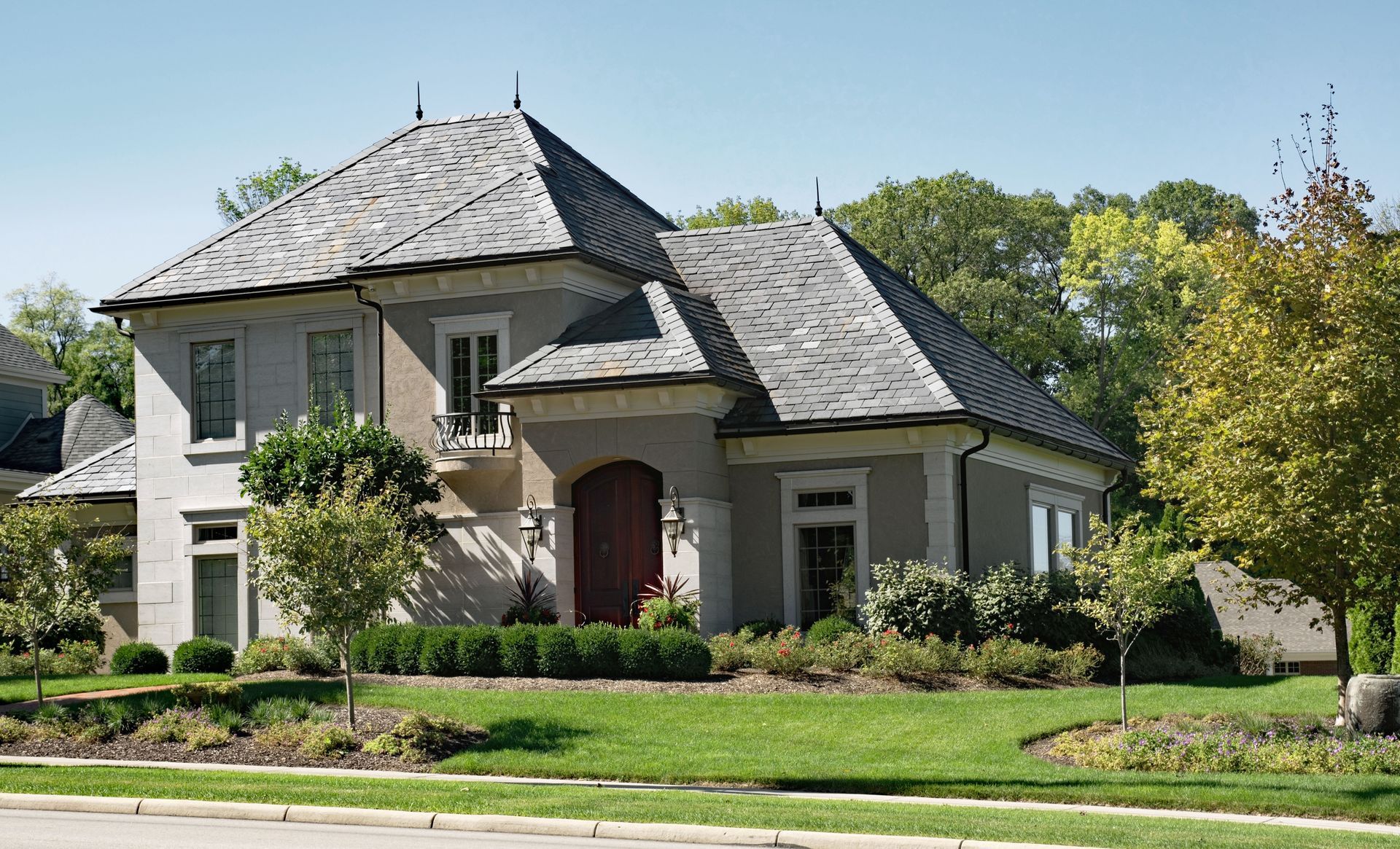
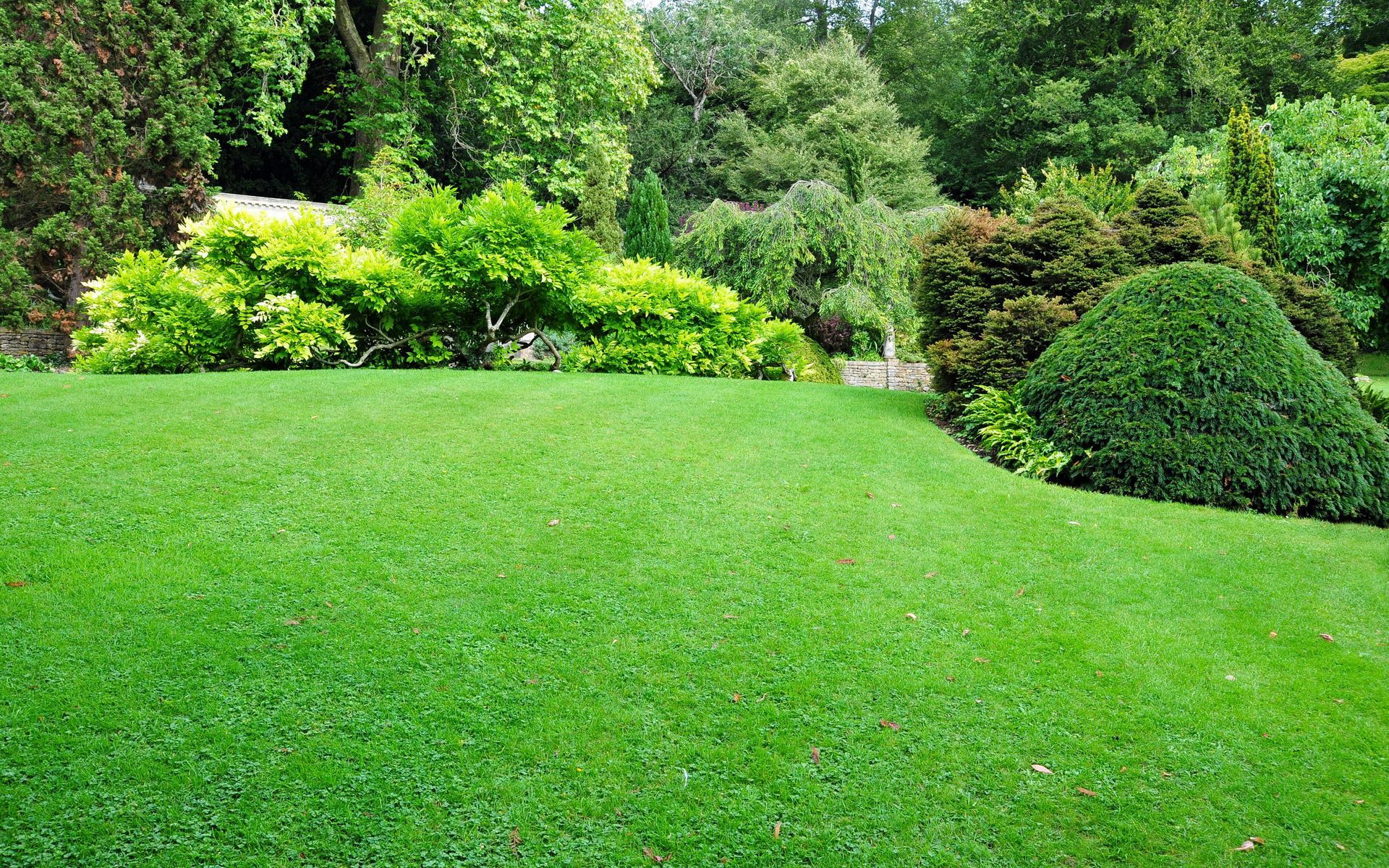
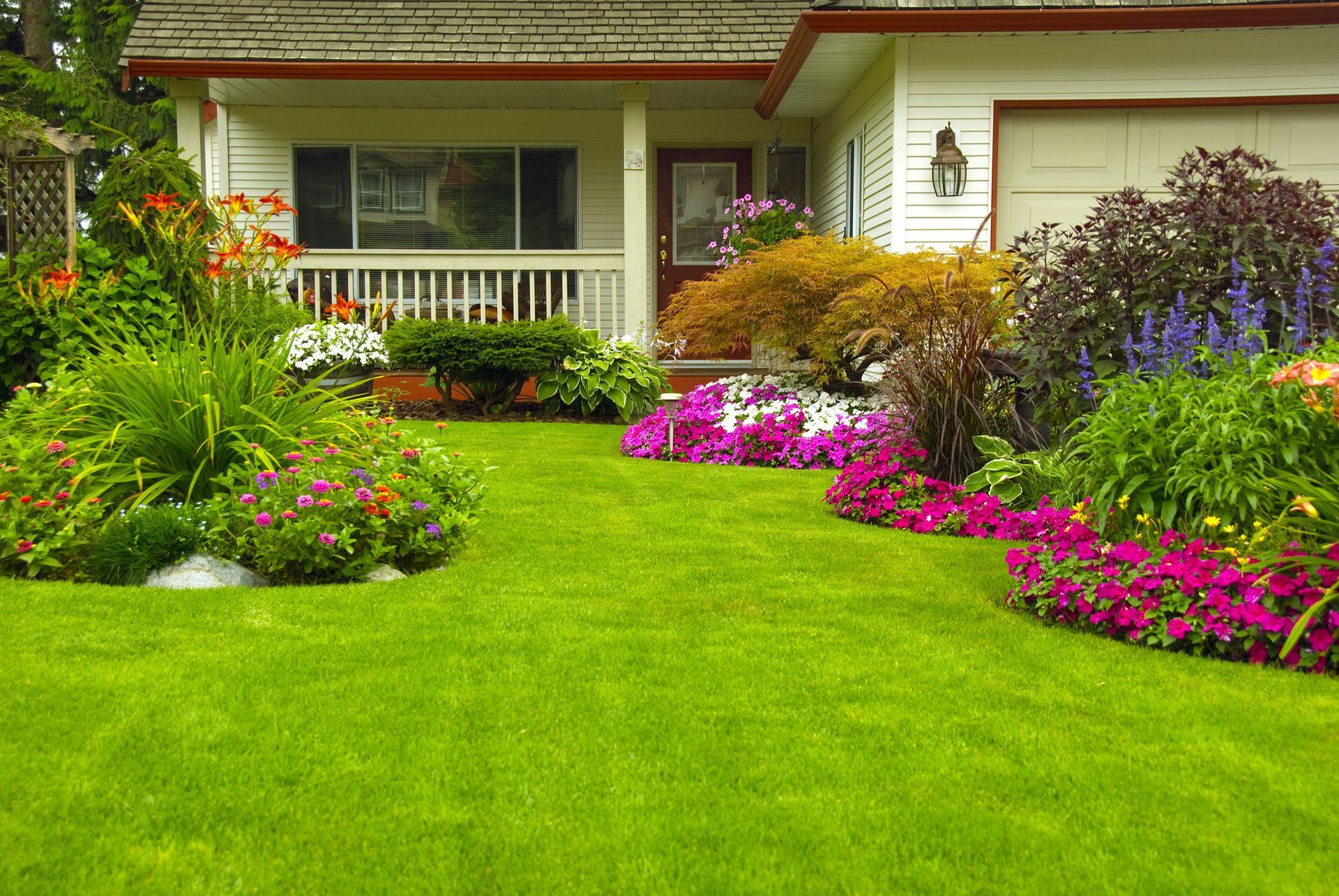
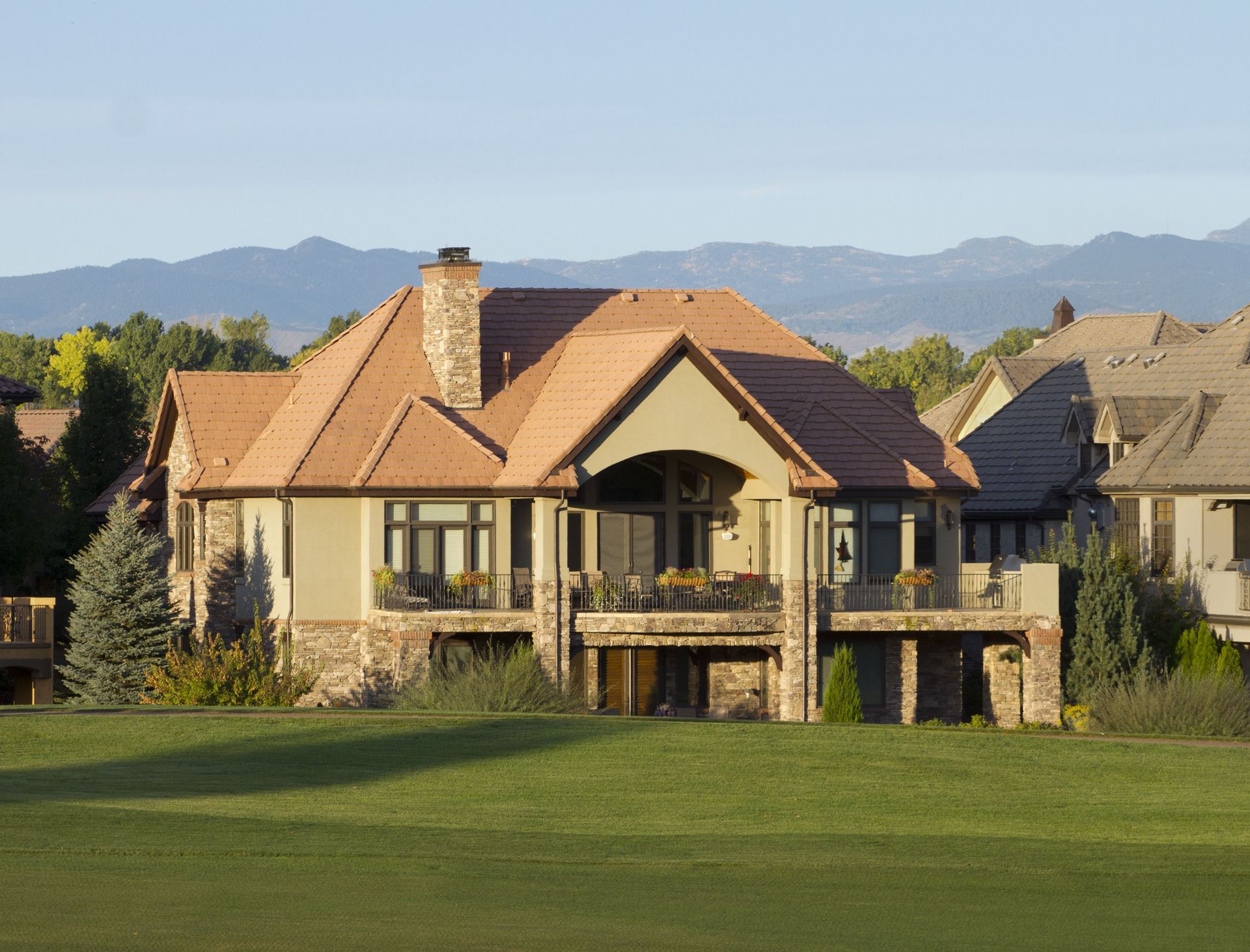
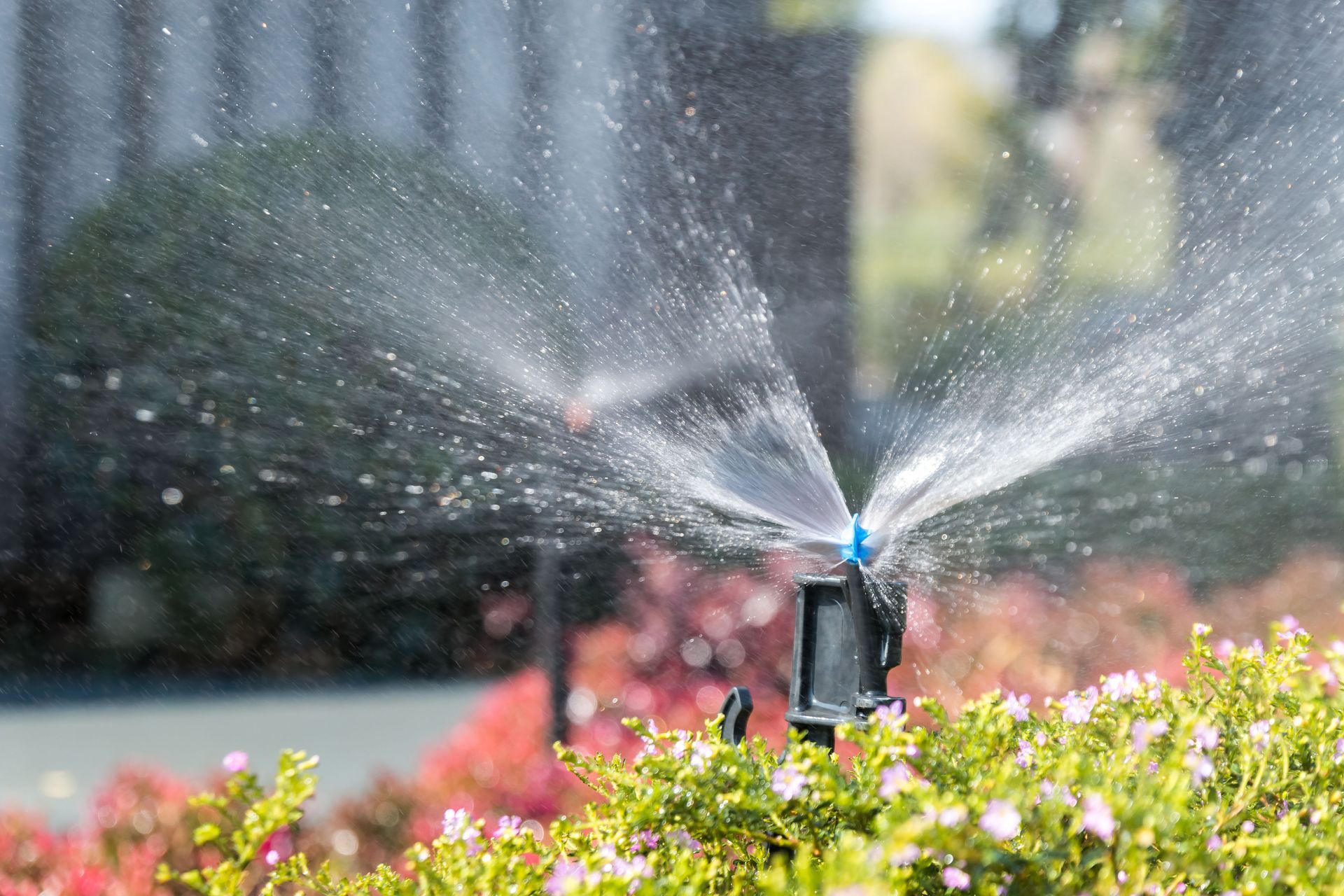
Share On: